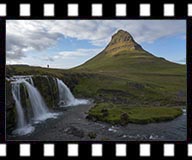Day 9 (Friday, June 28, 2019): Lava Cave, Snæfellsnes Peninsula and the bonus golden light
Our trip was winding down, and the weather seemed to have turned for the worse. "So be it", our thinking was. We hadn't seen a lava cave at this point, it seemed a good time to do that as the underground world would be little impacted by weather.
So we headed to Vidgelmir Cave, the largest in Iceland. But we made a stop at Hraunfossar on the way there.
(Click on each image to see the high-resolution version)
Unlike other waterfalls we have seen on this trip, which are basically a river plunging down a cliff, Hraunfossar is numerous rivulets seeping out of a lava field. This makes it unique as well as pretty.
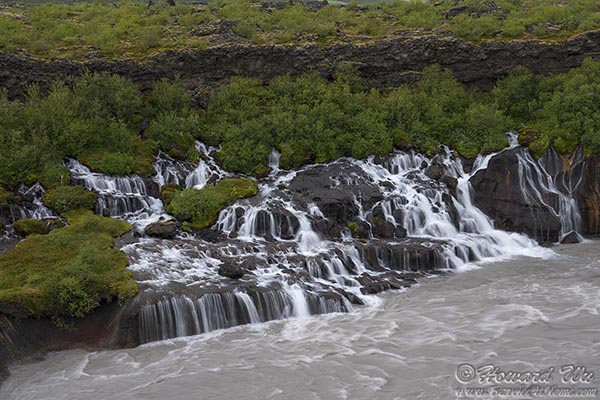
Hraunfossar
However, we had to hurry on to Vidgelmir Cave for our tour. The cave is indeed very large, we descended the stairs through the cavernous opening.
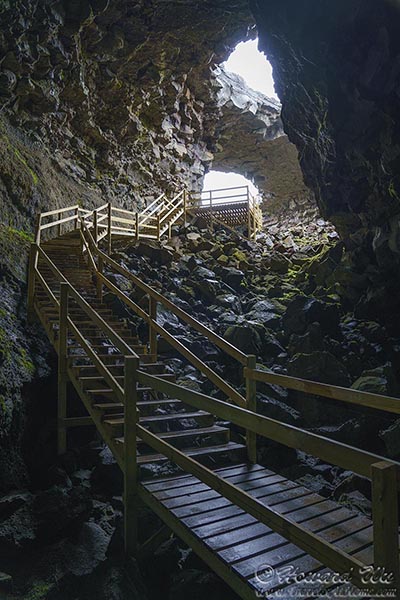
Vidgelmir Cave
There are fantastic rock formations inside the cave.
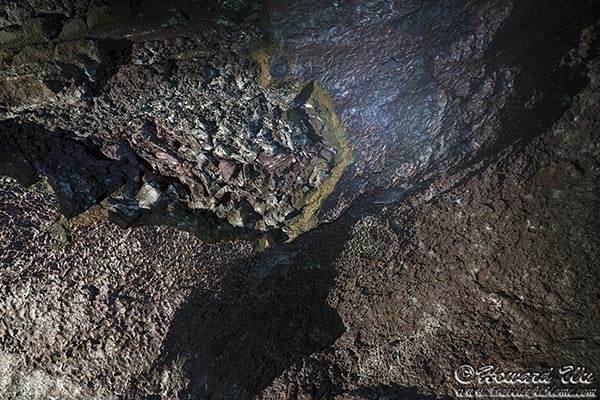
Vidgelmir Cave
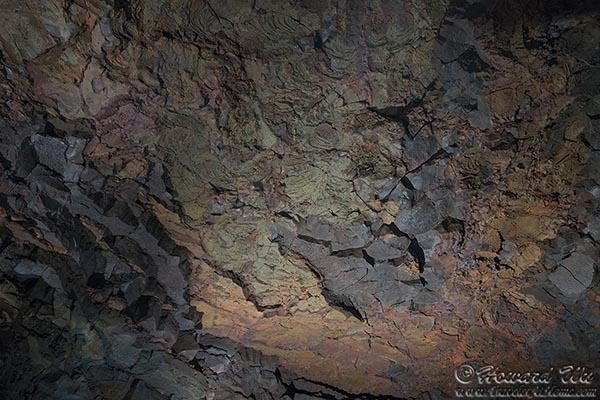
Vidgelmir Cave
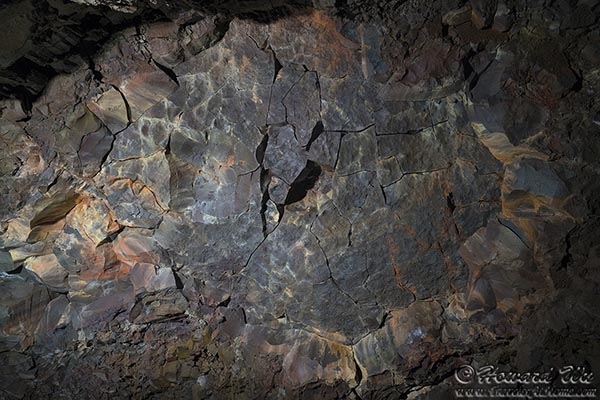
Vidgelmir Cave
There are also lava stalactites, which were formed when the lava was cooling. I don't think I had seen these before (I have seen limestone stalactites many times). The shadow on the left of the second picture below is that of our guide.
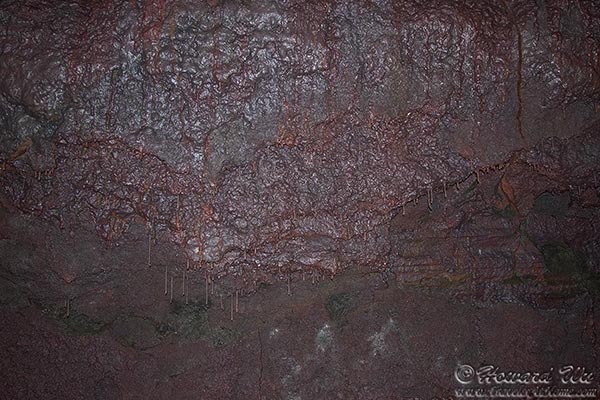
Stalactites
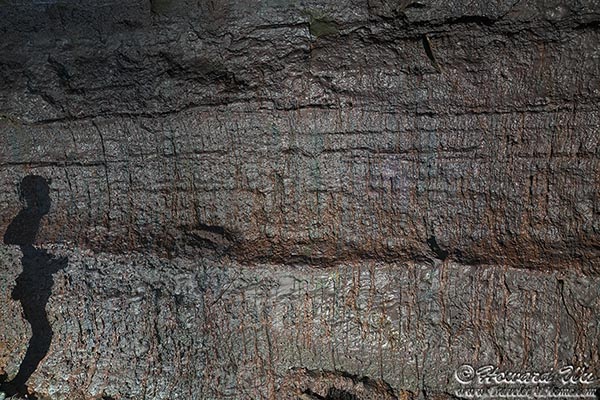
Vidgelmir Cave
On the way back from Vidgelmir Cave, we stopped at Hraunfossar again. This time we were at a more leisurely pace and walked a short distance to the waterfall Barnafossar upstream.
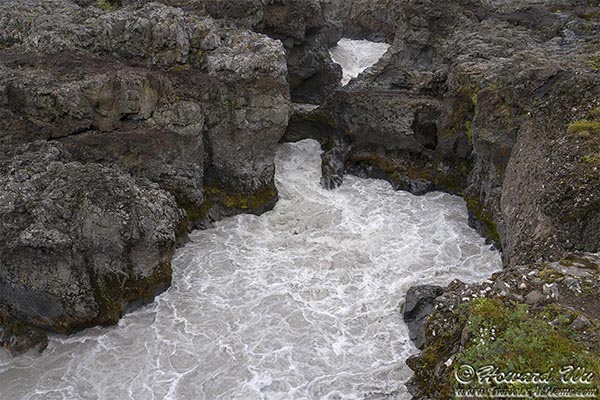
Barnafossar
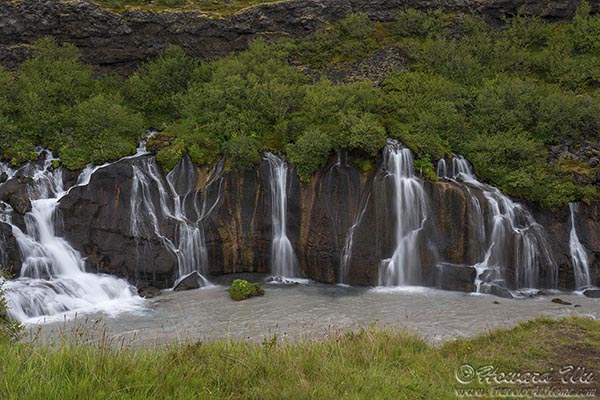
Hraunfossar
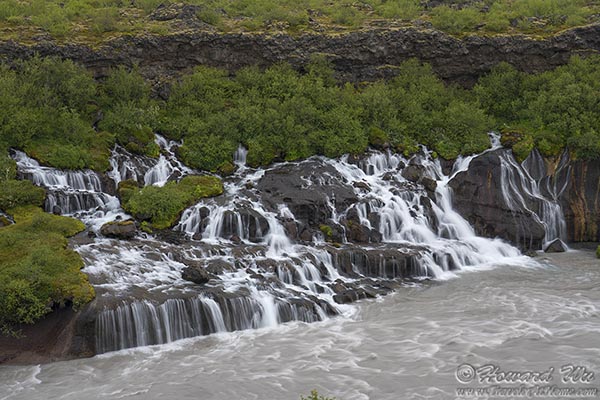
Hraunfossar
Then we headed toward the Snæfellsnes Peninsula, our longest detour from the Ring Road. When we first set out, our plan was simple: since it was cloudy and rainy, we would make this a "2-cave day" (there is another cave, Vatnshellir Cave, on the Snæfellsnes Peninsula) and call it a day. But things would turn out very differently.
It was cloudy alright, but as we neared the coast at the western end of the peninsula, the sky cleared. We stopped at a parking lot off the highway. This turned out to be the village of Arnarstapi, near the viewpoint of Gatklettur ("Hellnar Arch"). As we walked along the coast, the sky brightened up even more, the view became more and more beautiful!
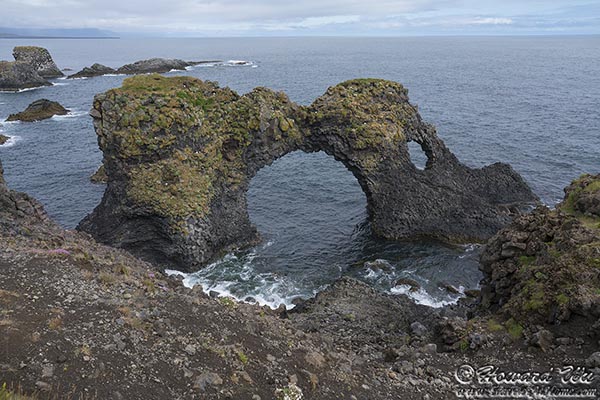
Gatklettur
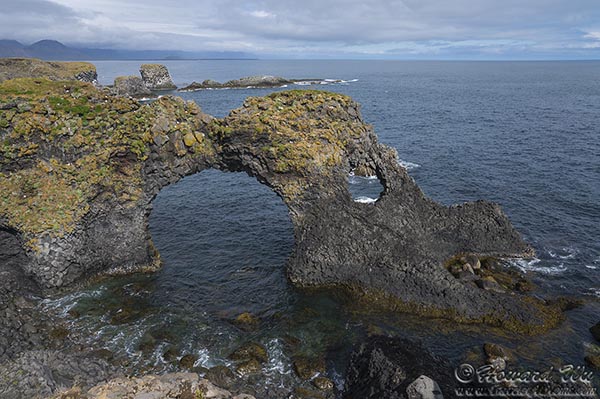
Gatklettur
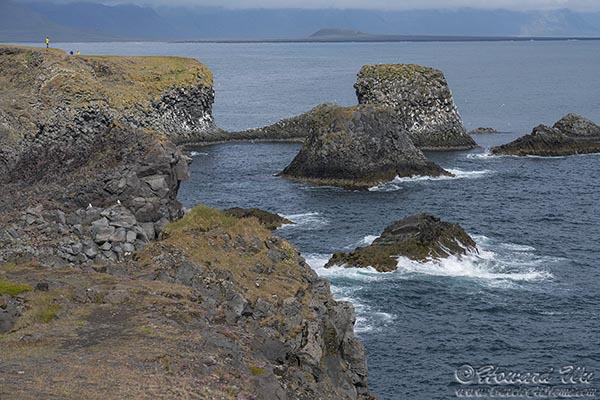
Coast near Gatklettur
There were many Arctic Terns nesting in the field near the coast, and Redwings were actively foraging too. These two birds (and the White Wagtail) were our constant companions of the trip.
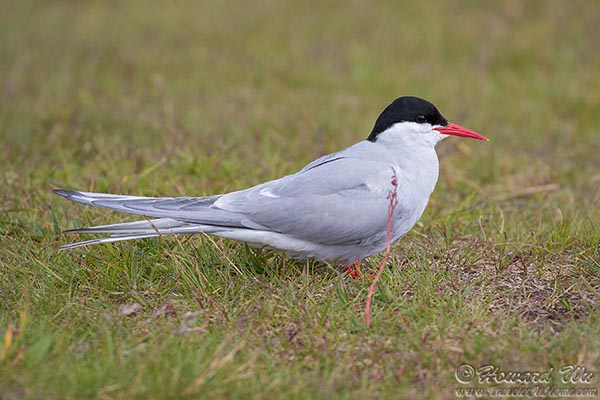
Arctic Tern
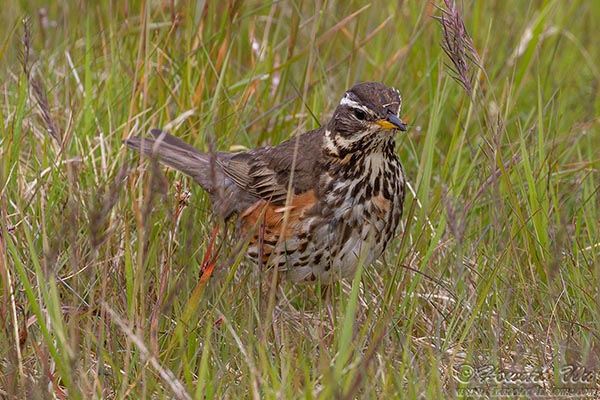
Redwing
Nearby, the statue of Bardur Snaefellsas, the half man, half troll creature being from Icelandic Saga.
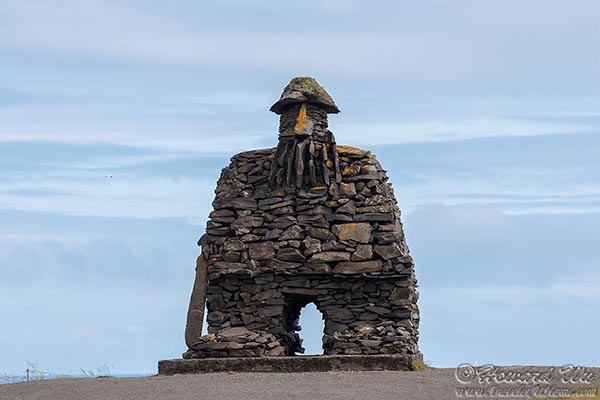
Bardur Snaefellsas Statue
Although the coast was clear, looking inland, the glacier-capped volcanic mountain of Snaefellsjokull was still shrouded in clouds.
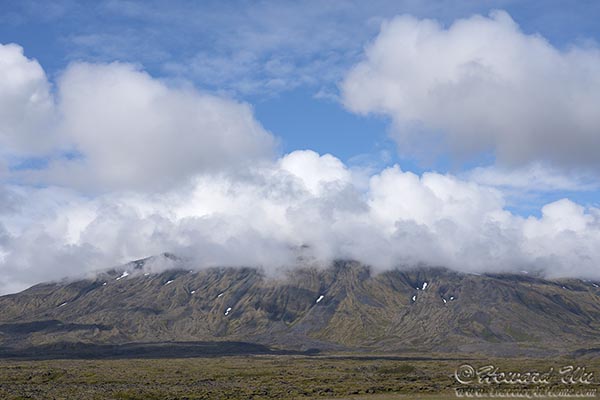
Snaefellsjokull
We made another stop at Malarrif Lighthouse.
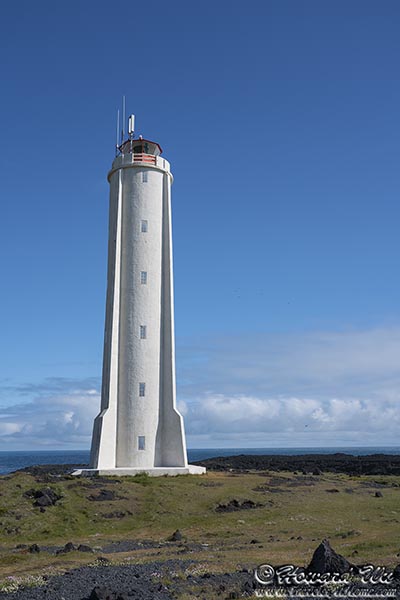
Malarrif Lighthouse
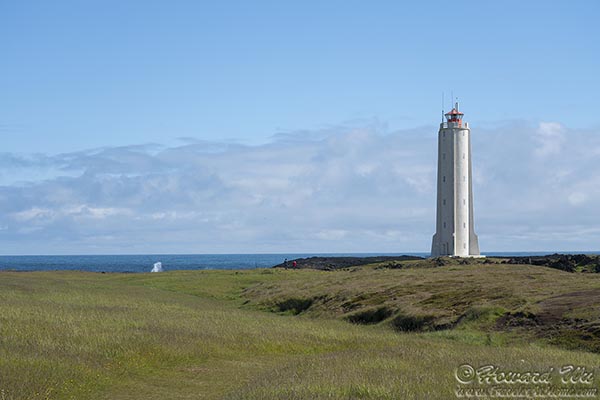
Malarrif Lighthouse
The coast at Malarrif is strewn with volcanic rocks. From here, the fantastic rock formations at Londrangar Cliffs can be viewed from a distance.
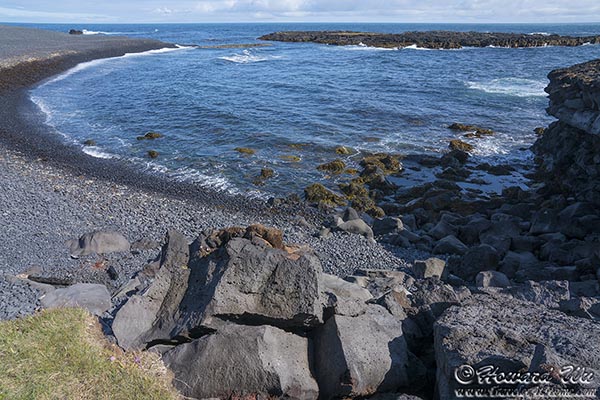
Malarrif Coast
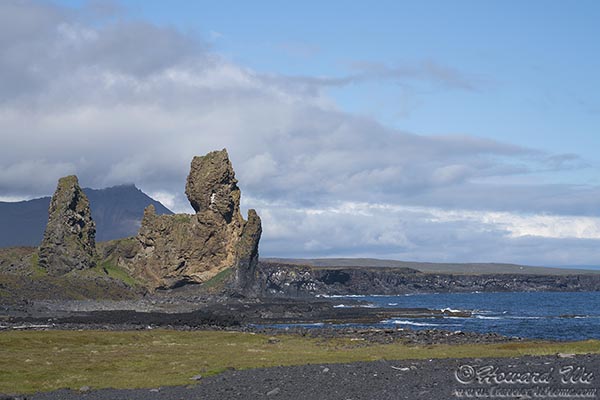
Londrangar Cliffs
It was at Malarrif that I photographed my last new bird of the trip, a Common Ringed Plover, lovely little shore birds that are common in Eurasia.
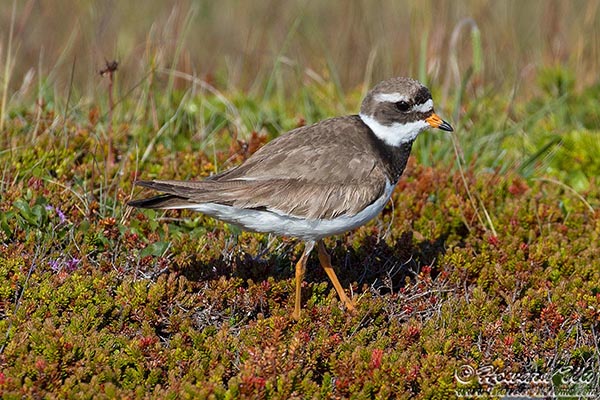
Common Ringed Plover
The sun stayed out and so did we. We lingered at Djupalonssandur Beach, the volcanic "black pearl" beach (the black pebbles are polished by the waves and because rounded and pearl-like).
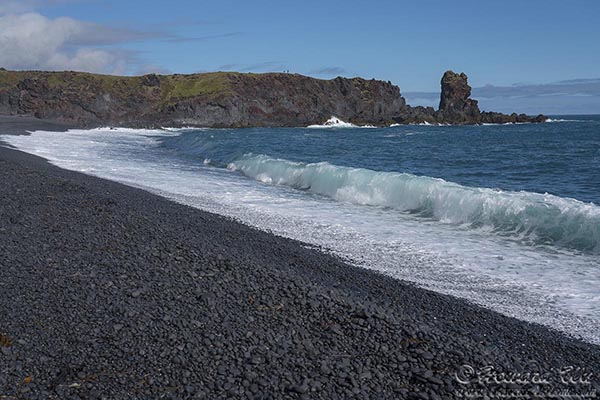
Djupalonssandur Beach
On the beach, pieces of shipwreck were scattered about. These are the remnants of the Epine GY7, a British fishing ship wrecked in 1948. You can see these rusty fragments in front of a lagoon not far from the beach.
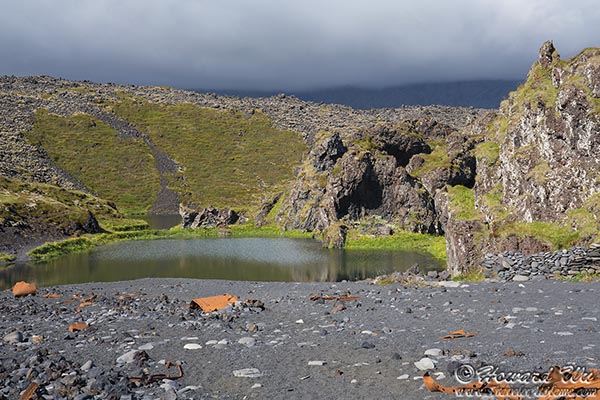
Lagoon
Finally, the cloud cover closed in and we decided to leave. This is the rock arch at Djupalonssandur Beach, as you can see, the clouds were rolling in.
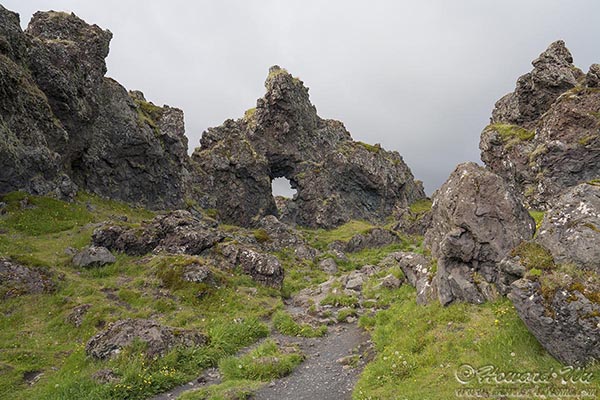
Rock Arch
We drove to our destination, the town of Grundarfjordur, which is known for the iconic Kirkjufell Mountain, said to be the most photographed place in Iceland.
When we first arrived, Kirkjufell was blanked by clouds (its top was hidden). We walked to Kirkjufellsfoss, the waterfall at the foot of the mountain. As we walked, the sun peeked out again and lit the top half of the mountain! Still not the best of lighting, but at least I got a clear shot of the mountain and waterfalls.
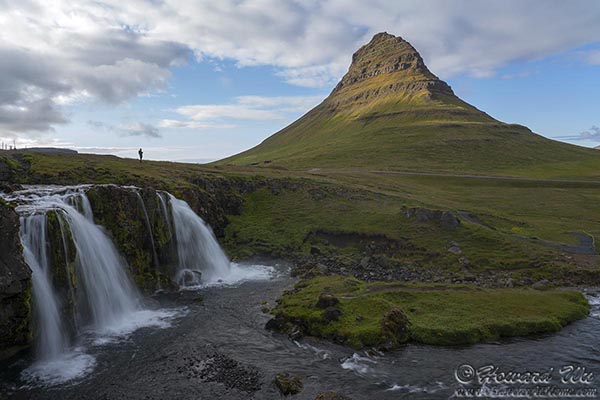
Kirkjufell
Finally, after such a long and exhausting day of activities, we checked into our guesthouse. We went to a restaurant called Bjargarsteinn mathus for dinner. This turned out to be the best meal we have had in Iceland: (see my TripAdvisor review here). A refreshing Icelandic white ale, Einstok, from Akureyri, capped off this day.
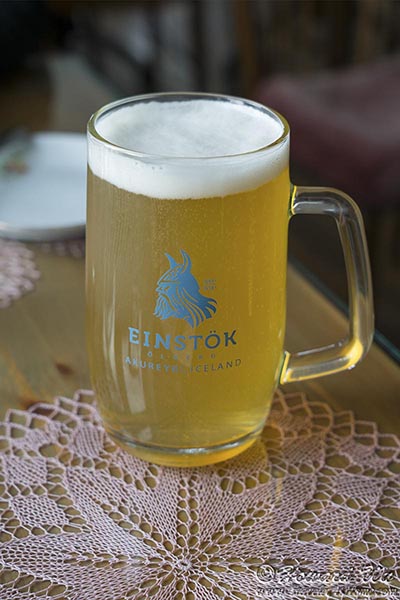
Einstok
But our day was not yet finished. During dinner, the sky gradually cleared up again. The slanting rays of the late sun gilded the town of Grundarfjordur with gold.
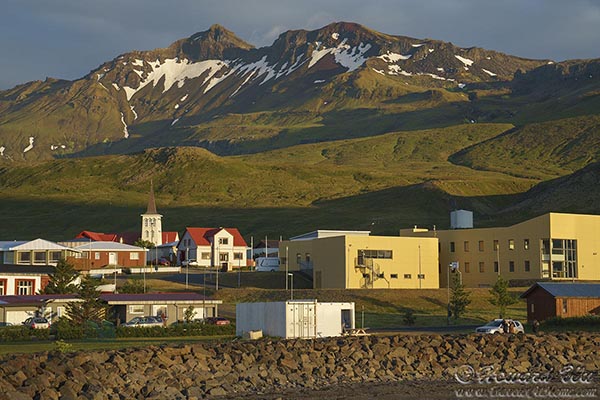
Grundarfjordur
The sea birds, such as this Glaucous Gull at the harbor, basked in the sun too.
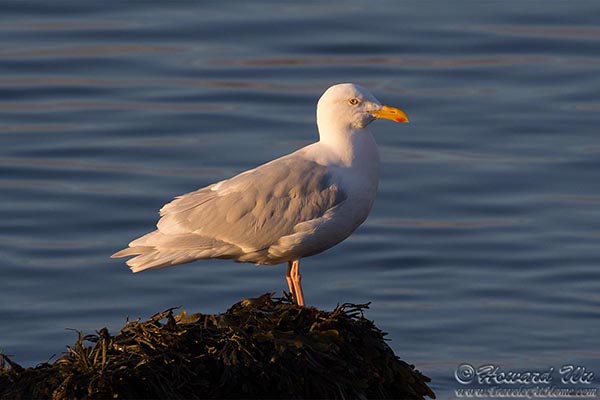
Glaucous Gull
I even had time to watch sunset before going to bed, our last night's sleep in Iceland. On this day, the sun set at a relatively "early" 12:30AM (half an hour after midnight), though not the best sunset I have seen, it was the last one we would catch in Iceland.
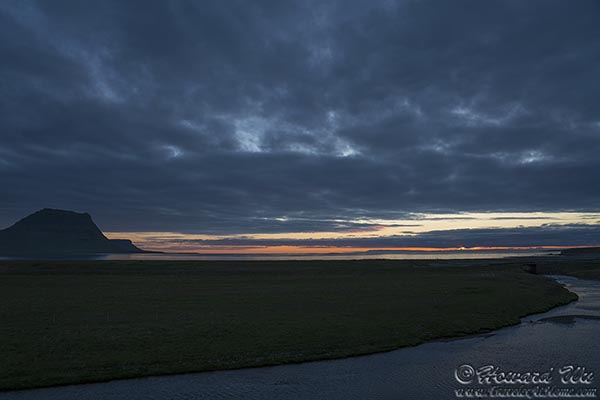
Sunset
Click the image below to return to the index page of 2019 trip to Iceland:
